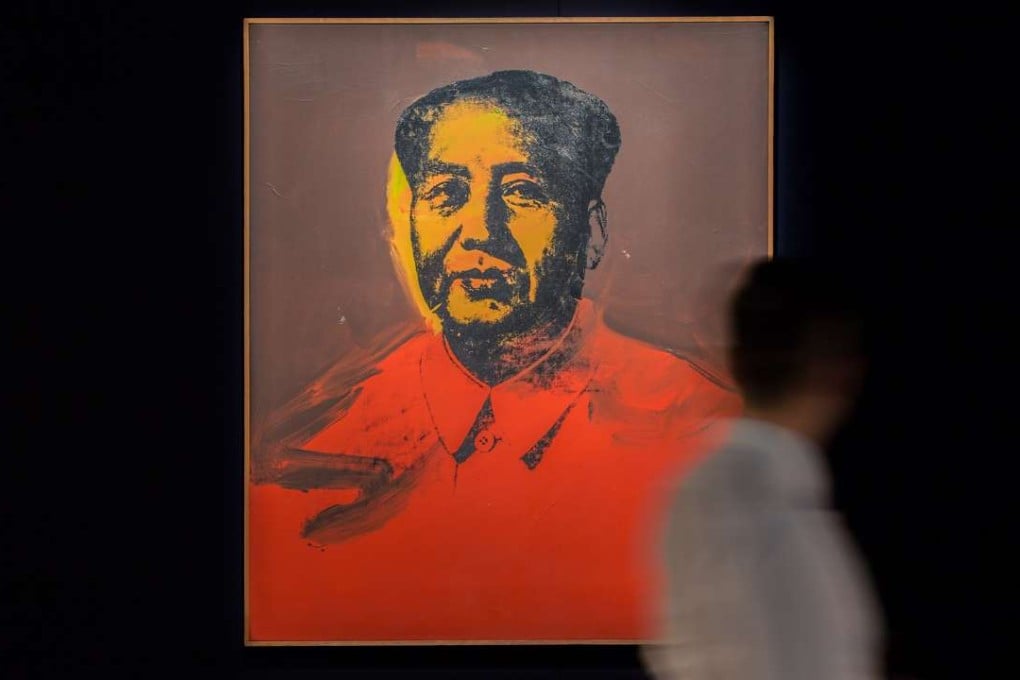The Collector | Hong Kong spring auctions turnover flat despite some big-ticket action, more interest from China and fewer lots left unsold
Warhol’s underperforming Mao aside, auction houses say the appetite of regional collectors remains strong, but even the sale of Pink Star diamond and a Ming bowl couldn’t lift sales total much above last year’s

Take the thirtysomething Shanghai financier who bought Zeng Fanzhi’s Mask Series 1996 No. 6 (1996) for HK$105 million (including fees charged by the auction house, as are all figures quoted below unless otherwise specified). Poly Auction’s Macau chief, Sabrina Ho Chiu-yeng, secured the consignment from the original owner, who people familiar with the artwork say was Taiwan’s Teng Chual-hsin, and the 3½-metre wide painting went to an unnamed phone bidder who had never bought at auction before.
Meanwhile, Sotheby’s Asia chairman, Patti Wong, says there was a 12 per cent rise in the number of mainland Chinese registering to bid in its sales compared with April 2016, and an 11 per cent increase in the number of clients from China making winning bids of more than HK$5 million. The rise in registered Chinese bidders was even higher, at 30 per cent, for the April 2 evening sale of modern and contemporary art, which featured some of the week’s most expensive works.

During that sale, Andy Warhol’s Mao (1973) was sold to an Asian buyer who bid HK$86 million for a painting estimated at HK$90 million to HK$120 million, before fees. Wong said the fact that someone in the region made a bid that exceeded an irrevocable HK$84 million guaranteed bid – made by chief executive Tad Smith on behalf of a client – confirmed there is strong regional appetite for international art and justified the decision to start selling Western art at its Asia evening sale. Works by Jean-Michel Basquiat, Adrian Ghenie and Cecily Brown also found buyers.
